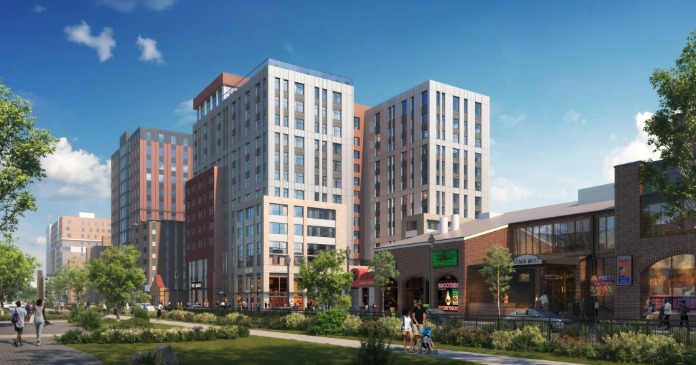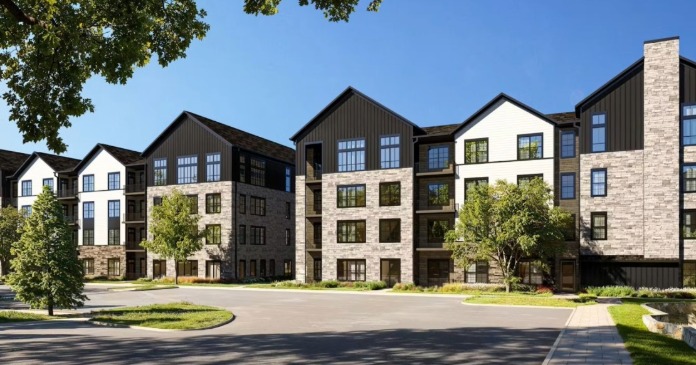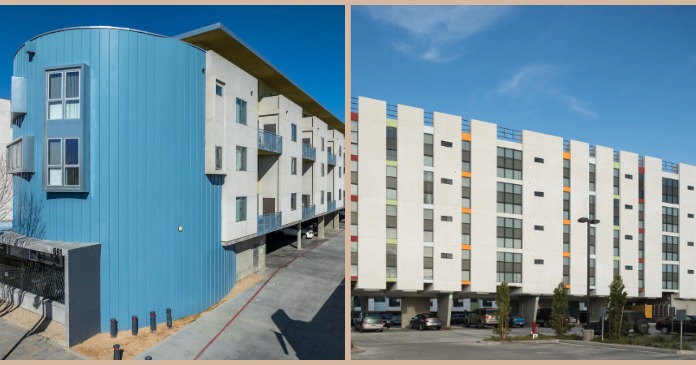The Urban Land Institute (ULI) recently released a report titled Renewable Energy Strategies for Real Estate. The report provides an introduction to different approaches that commercial real estate owners and tenants are using to reduce their carbon emissions and to some of the programs that are available to incent those reductions.
New goals, new vocabulary
By now, most people in the commercial real estate business have probably heard of LEED (Leadership in Energy and Environmental Design) and ESG (Environmental, Social and Governance), but how about EACs, BIPVs or SRECs*? These and many other terms are introduced in the report and their significance to the world of renewable energy is explained.
Even people with no immediate interest in pursuing a renewable energy project for their property may benefit from an understanding of the options available and the issues involved.
Starting at the beginning
Interestingly, while the focus of the report is on renewable energy, the first suggestion the report provides for any property is to improve its energy efficiency. The hierarchy of investments then goes to on-site renewable power generation, buying off-site renewable energy, using renewable energy credits and, finally, purchasing carbon offsets.
There are a variety of options for on-site renewable power generation facilities both in terms of who owns the facility and who purchases the power it generates. Some of these options are dictated by the policies of the local government or the local utility company. The report describes many of the options that the person seeking to add renewable power generation to his property is likely to encounter.
Identifying resources
One of the valuable features of this report is the extensive number of links it contains. They provide more detailed information on a variety of topics related to renewable energy available from other sources, both private and governmental.
Case studies are interspersed throughout the report giving examples of actions companies have taken to meet their environmental goals. In one case study, a company invested $350,000 to install a solar power system that would yield annual energy savings of $20,000. While it sounds like the system would have a 17+ year payback period, after tax credits and incentives the system’s owner achieved an after-tax payback period of 1 year. The report outlines how this result was achieved.
The report discusses commercial real estate in general and is not focused on the multifamily housing industry in particular. Still, the concepts it presents and the options it describes should be of interest to multifamily owners and developers.
The full report runs to 61 pages so it contains far too much detailed information to be covered in depth in this summary. The report is available here.
*Energy attribute certificates, building integrated photovoltaics and solar renewable energy credits.













